
In recent years, with climate change and the staggering challenges on physical and mental health, many believe that the best way to move forward is ironically by going back to basics–through organic architecture.
The world has already seen a wide range of architectural styles. Throughout history, experts have continuously pushed the field forward to address new societal needs by creating the most innovative design solutions. However, in recent years, with climate change and the staggering challenges on physical and mental health, many believe that the best way to move forward is ironically by going back to basics – through organic architecture.
Organic Architecture in a Gist
The term “organic architecture” was first coined in the early 1900s by the considered “father” of this architectural philosophy, American architect, Frank Lloyd Wright. Growing up in a rural setting and helping in his uncle’s farm opened his eyes and enthusiasm into nature’s vibrancy. The core concept of organic architecture is to create a harmonious relationship between the built structure and the natural environment, without making the structure dominant over its environment, instead, making it part of a unified whole. It aims to put the three components, human life, nature, and the built environment on the same level wherein thrive and support towards each other shall arise.
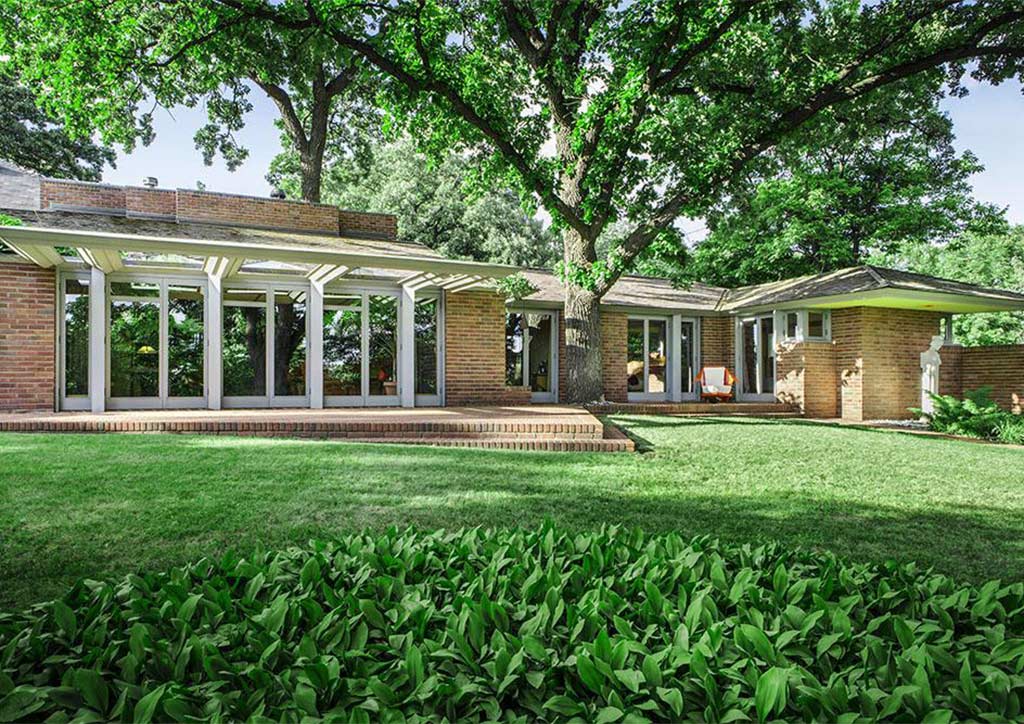
The Design Approach
According to Wright, the approach to organic design revolves around simplicity, the blending of the ornaments, the structures’ looks, and its colors. Simplicity in this aspect means promoting open spaces that will allow natural air to flow within, encouraging a healthier environment for the users. The mixture of the structure’s ornaments reflected in the doors, windows, and furniture should also be carefully considered. The exterior aesthetics and choice of colors should project an idea that as if the building were created by nature itself. The best-translated example of Wright’s organic design philosophy was his masterpiece, Fallingwater. This house is very known for its success in showing a connection to its building site and physical environment. And in 2019, Fallingwater was now inscri
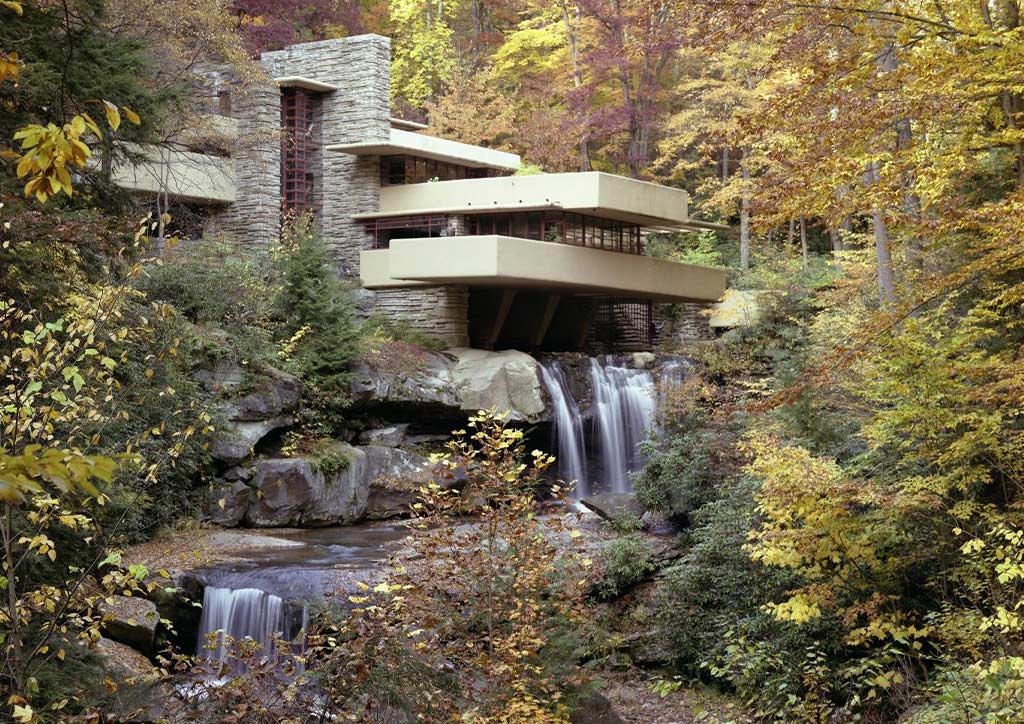
bed to the UNESCO World Heritage List as part of The 20th- century Architecture of Frank Lloyd Wright.
Relevance to Today’s Age
Today, the term “organic” in relation to architecture does not much ring a bell. Usually, it is associated with food and produce. What is more common now are the terms sustainable and/or green architecture. Thinking it through, it can be said that Frank Lloyd Wright’s design philosophy for organic architecture paved the way for sustainability and likewise, sustainable, and green architecture cannot be realized without the concepts of organic architecture.
Modern designers ventured out more on the aesthetics by using curved lines and forms resembling the natural shapes present in any landscape. Also, the connection of the exteriors and interiors is addressed in various ways. Examples will be a living area that extends towards the garden with a minimal partition or the other way around, creating an oasis of indoor landscape throughout the house. Another main factor is the use of natural materials and procuring these materials that are locally present is already applying concepts of sustainability itself. This approach reduces the carbon footprint that may be incurred in handling materials. Moreover, as the world and its needs change, the ways how organic architecture will be translated in the built environment shall continue to evolve, and together with the use of technology, it will be better than what was already present.
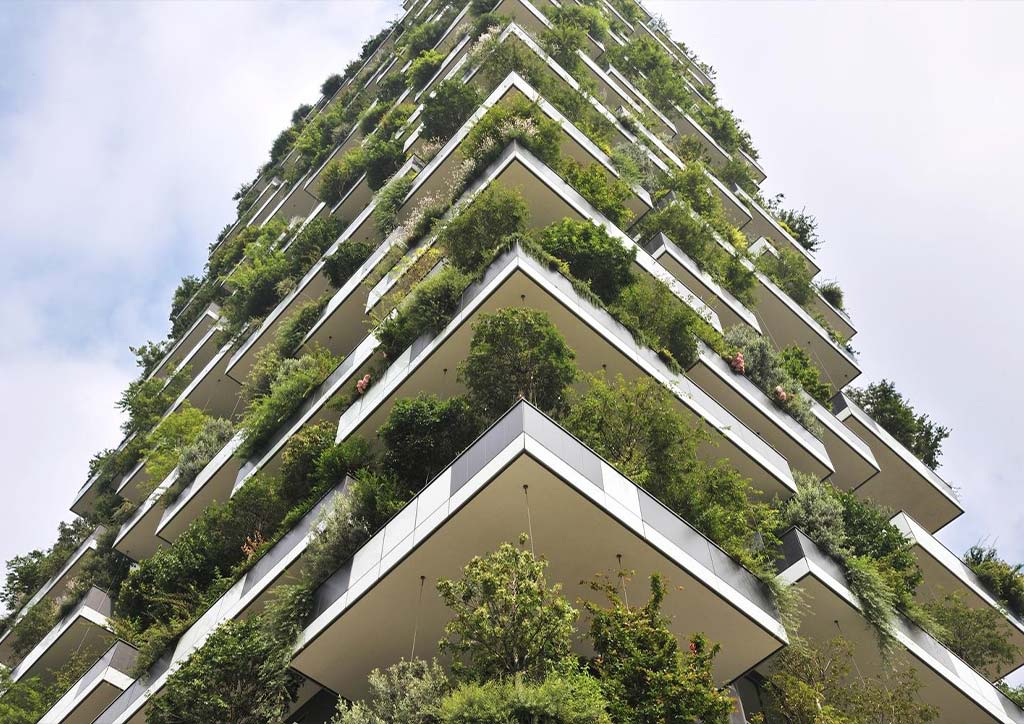
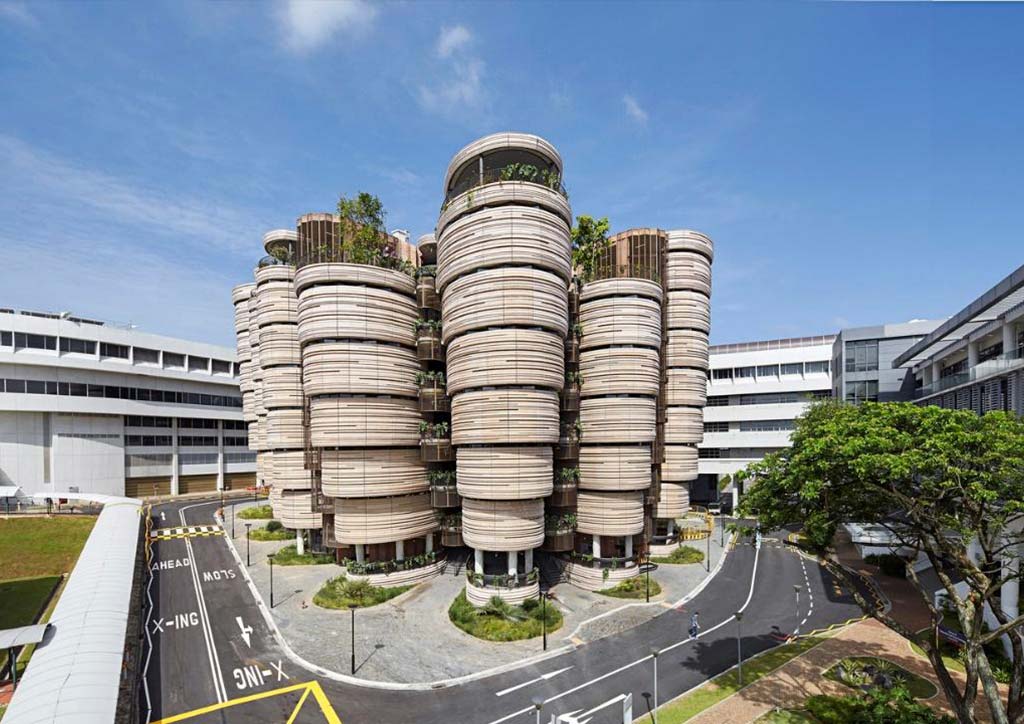
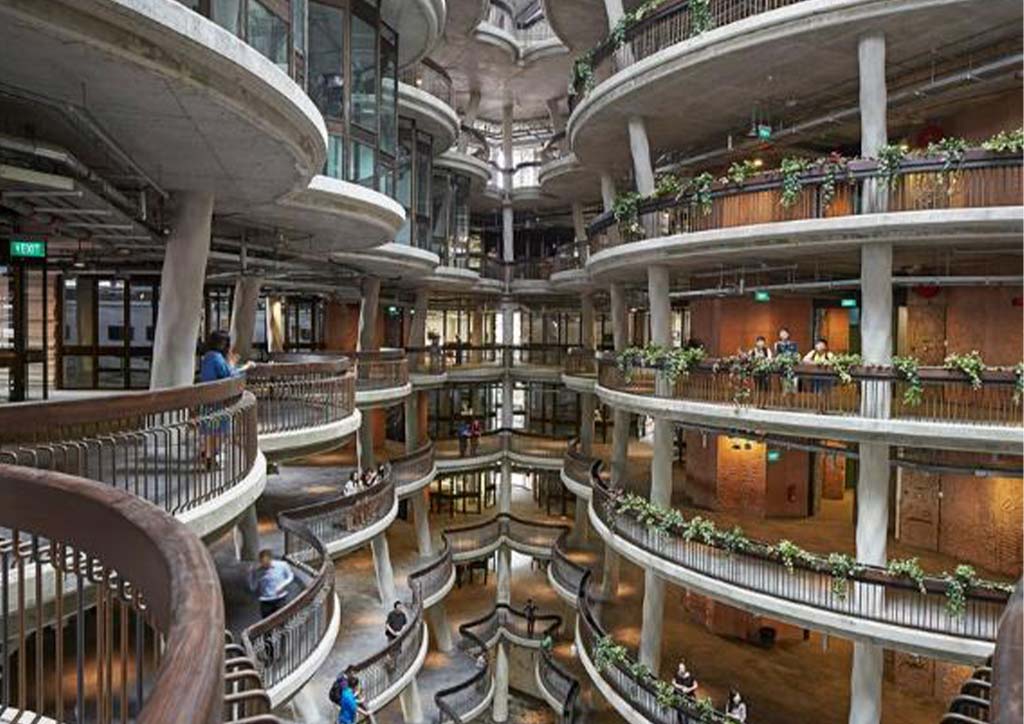
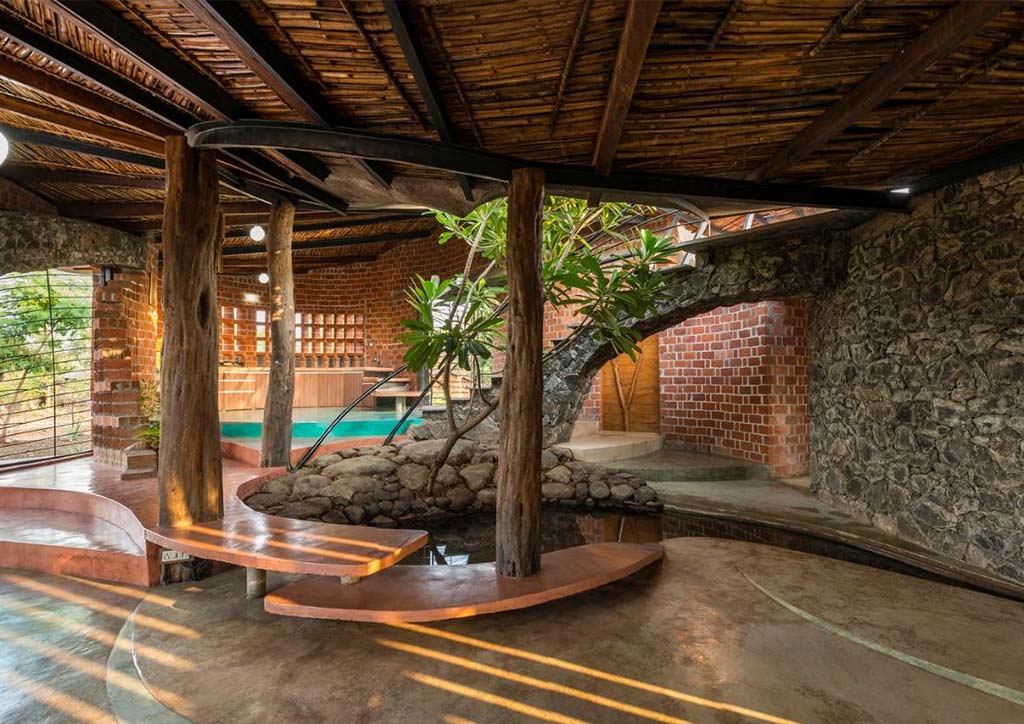
The ongoing pandemic has taught people a lot of things. For the design industry, it brought a huge impact on redesigning, re-thinking, and recreating built environments that will not just address the need for shelter and working spaces but most importantly will give a healthier environment. Spaces that will allow one to reflect, breathe, and innately promote social distancing without even emphasizing it. The where and how the human body moves within a certain space dictates the person’s lifestyle. Adopting the organic design philosophies while incorporating sustainability systems is the way to a holistic approach, to a renewed and the transformed environment – both the built and the natural, and the harmony it reflects is the real essence of organic architecture.


